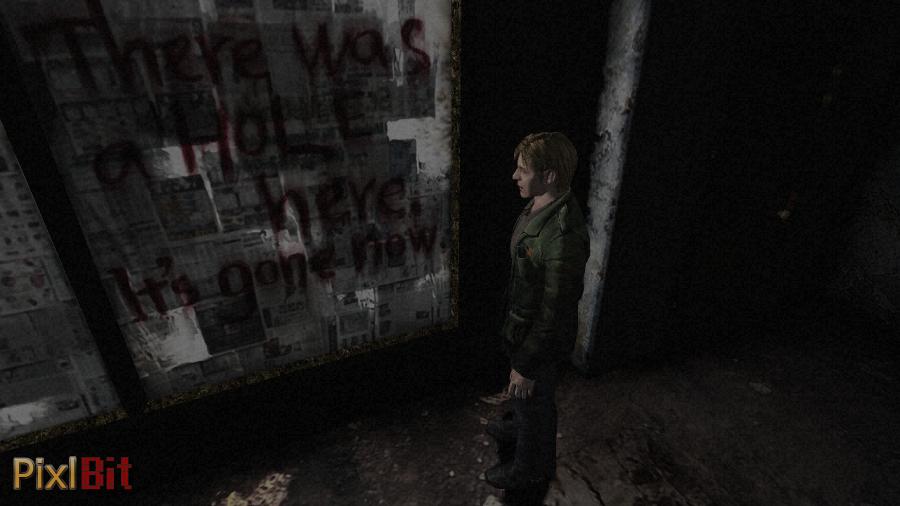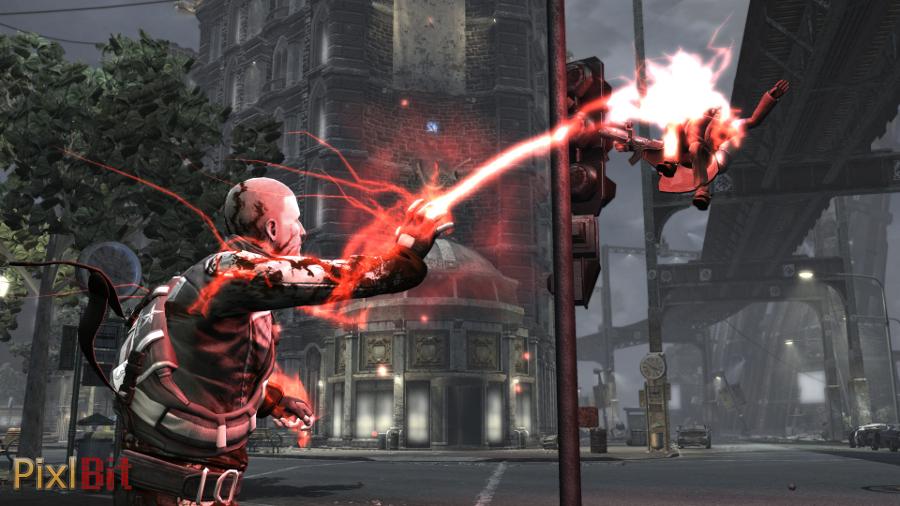The Battle Within

Psychiatrist Carl Jung, a contemporary and friend of the more famous Sigmund Freud, believed that the unconscious human psyche manifests itself through different roles to the individual. These unconscious manifestations, more commonly known as archetypes, are a universal condition that is an innate part of human existence. While numerous archetypes have been identified, there are main archetypes present in every human mind: The Self, the Persona, the Anima/Animus and the Shadow.
These different archetypes are manifested in the avatars we play as in our video games and our own individual unconscious psyches have an effect on how we use these characters – which is an interesting concept in itself. You could learn a lot about yourself by how you play your games.
Arguably the most prevalent of the archetypes in video games is the shadow. This particular part of the human conscious has an interesting and well-established history in video games.
The Shadow aspect is that part of our being that is capable of animalistic and inhuman acts. We all have it in us to commit foul deeds, from adultery to murder; we just usually choose to ignore this aspect or simply pretend it isn’t there. Jung believed that one couldn’t truly know the Self if they didn’t accept their Shadow Self. By accepting your Shadow Self you admit that while capable of indecent acts you assume control over the Shadow and prevent it from taking over.
Individuals who refuse to admit that they possess the ability to commit these acts are in much greater danger of being consumed by the Shadow. In the video games we play, our villains are often times manifestations of either our, or our avatars’, Shadow self, which can make for some extraordinarily effective antagonists.
There are two approaches to personifying the Shadow in video games: direct and indirect.
The direct personifications are the easiest group to pick out. These are the literal shadow manifestations of characters which should be quite familiar to anyone who has ever picked up a controller. For example, the primary antagonist from the Metroid Prime Trilogy was Dark Samus, a being comprised entirely of lethal Phazon that took on the form of our central heroine. Dark Samus’ move set is quite similar to that of her counterpart, though her attacks are much more powerful. It is a common phenomenon that shadow beings or those that use “the dark side of the force” and in turn become subject to the shadow self, possess more powerful physical abilities. This mirrors the concept that the shadow is much more animalistic and is therefore more powerful and more dangerous.

In another corner of the Nintendo universe, Link has been known to run across his shadow on occasion in the form of Dark Link or Shadow Link. Making his first appearance in The Adventure of Link, Dark Link can match Link move for move. These battles are representative of Link’s need to conquer his shadow or inner demons in order to fully realize the concept of the Self. This is very important as Link cannot become the hero he needs to be if he does not possess a clear and full understanding of who he is.
The literal shadow villain is not limited to the Nintendo universe. Over in the land of Sega there is a devious character literally named Shadow the Hedgehog who is, of course, the shadow representation of Sonic the Hedgehog. Shadow is representative of everything that Sonic is himself capable of. This is very important to note as Sonic could easily become Shadow if he let himself succumb to his inner shadow self. As it stands, Shadow serves as a reminder of what Sonic is truly capable of.
These literal manifestations are simple to create from a character development aspect as they are generally polar opposites of the protagonist they originate from. The ease at which these villains and characters can be created has resulted in the concept falling into the realm of the cliche. However, every shadow character has a deeper worth than the apparent aesthetic alludes to. For all intents and purposes, these characters are not necessarily separate entities but rather extensions of the heroes’ unconscious. By battling and defeating these shadow entities our heroes conquer their dark side and gain a full realization of their own Self.

The indirect shadow villains have only really surfaced in the last ten years or so and are much more difficult to identify and often times lend to a far more complex and fractured concept of the protagonist’s image of Self. A personification of this nature can easily be written off as a simple antagonist – which is quite understandable. The relationship between the hero and the shadow villain is not a direct one as is the case with my previous examples; rather it is buried deep in their collective unconscious.
The most famous example of this type of Shadow villain is the entire town of Silent Hill. For this particular example, I’m going to use Silent Hill 2 as it is the most cerebral and psychologically penetrating of the series. The town of Silent Hill serves as a kind of hell for individuals with guilt complexes for the supposed evil deeds they have committed. This is not immediately made apparent, because our protagonist, James Sunderland, is in denial and is unaware of his own guilt and the inner desire he has to be punished. It is through his unconscious mind that the town manifests aspects of James’ shadow self in the form of other characters and monsters, specifically the infamous Pyramid Head.

While it may be hard to fathom at first, Pyramid Head’s actions resulted from James’ deep-seated desire to be punished, and his deviant sexual desires – which are also manifested in the form of Maria, who looks to be a more sexually expressive version of his wife. Pyramid Head is an executioner; his image plucked from James’ subconscious memories of Silent Hill’s dark past. When it is revealed to the audience that James took his wife’s life in an act of mercy killing, things become clearer. James is unable to come to terms with the idea that he was capable of killing in the first place and went into a state of denial, which resulted in the shadow self taking control and physically manifesting itself as a form of punishment for this denial. Only if James is able to accept this and forgive himself will he be able to move on as a better realized version of himself.
In Sucker Punch Production’s super hero game inFAMOUS, we experience the story of Cole MacGrath - an ordinary Joe who suddenly and violently has devastating electric based powers thrust upon him. It is made clear early on in the game that an individual by the name of Kessler is the primary antagonist and is responsible for these events, but what isn’t immediately clear is how intrinsically connected the two characters are.

Throughout the course of the game Cole is faced with basic moral choices. Essentially these choices amount to doing the “good” thing or the “evil” thing. While these choices don’t have a major effect on the player’s experience in the game, it does play into the overall concept of whether Cole learns to control his shadow side or if he succumbs to it. This is a process that Kessler has painstakingly devised in order to ensure that Cole is able to succeed in a future task. In essence, Kessler is trying to keep Cole from becoming like him; – a man that succumbed to the base desires of his shadow self and was unable to fulfill his destiny as a result. Kessler is eventually able to conquer the shadow within, but it’s far too late for him to be able to make a difference. Through this multifaceted, but surprisingly simple relationship, we are able to see the long-reaching effects that the shadow aspect of an individual can have on their psyche as well as the physical world around them.
Psychology has always been a vital part of creating believable characters. As developers dig a little deeper and move beyond the direct shadow to the indirect shadow of Jung’s concept, they will be able to create not only original and complex villains, but infinitely more complex heroes which will ultimately result in a more fulfilling gaming experience .









Comments